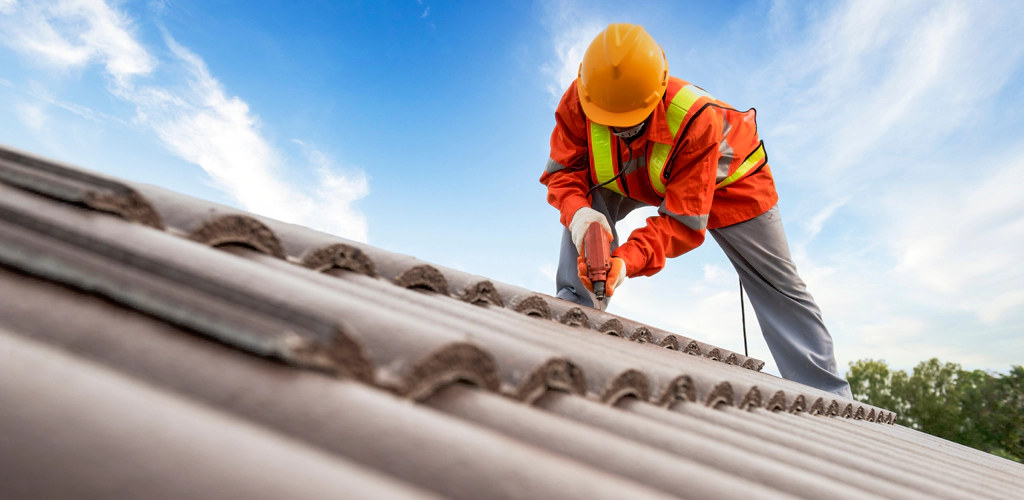Plumbing is key to every property, residential or commercial. One minor issue can snowball and flood your entire place in minutes. Roof plumbing problems are especially problematic if not taken care of immediately. Leaks, inadequate drainage, and water damage are some crucial examples of the case. So, it is important to learn how to maintain your roof plumbing properly.
Luckily, we have many modern tools and techniques to detect these issues, which we will be discussing now. Continue reading to safeguard yourself and your home.
First and foremost—
What is Roof Plumbing?
Roof plumbing is the art of managing water flow on your roof. It comprises installing, maintaining, and repairing integral features like gutters and downpipes. Its purpose is channelling away rainwater from your structure, preventing water damage and roof deterioration.
Contrarily, neglecting your roof plumbing can lead to a domino effect of issues—mould infestation, water intrusion, etc, etc, etc.
Detecting Problems in Your Roof:
1. Jammed Gutters & Downpipes
Telltale Signs of Blocks:
- Water pooling around your home’s foundation
- Gutters overflowing during heavy rainfall
- Visible debris, such as small plants, growing in gutters
2. Leaking Roof Tiles
- Presence of mould or mildew
- Damp or wet insulation
- Cracked or misaligned roof tiles
3. Corrosion and Rust in Metal Roof
- Discolouration or flaking of metal surfaces
- Visible rust patches
- Increased leaks or water stains after rainfall
- Deteriorating sections of the roof
4. Faulty Flashing
Flashing serves as a vital shield, sealing joints and edges around your roof penetrations. From chimneys to skylights and vents, it’s essential for water protection. Yet, as the years go by, this barrier can get misaligned, cracked, or worn away. When that happens, water can find its way in, compromising your roof’s structure. While older homes may face this challenge more often, no roof is immune to such issues without proper maintenance.
- Water stains around chimneys or vents
- Visible gaps or cracks in the flashing material
- Leaks near roof joints after rainfall
5. Clogged Roof Drains
- Standing water on the roof
- Leaks along the roof’s edges
- Disagreeable odours from stagnant water
- Damp patches on ceilings and walls
6. Insufficient Slope
- Water that stands on the roof
- Sagging areas of the roof
- Quick wear and tear at the roof edges
Final Thoughts:
There you go!
Now you know how to take care of your roof plumbing. However, remember that spotting problems in your roof is one task while rectifying them proactively is an entirely different one. Just keep an eye on how your roof behaves. If you notice something amiss, call your professional plumber in St Kilda right away. Alternatively, you can also call our experts at Doyle Plumbing. We’re always happy to serve you.


 Make My Website
Make My Website